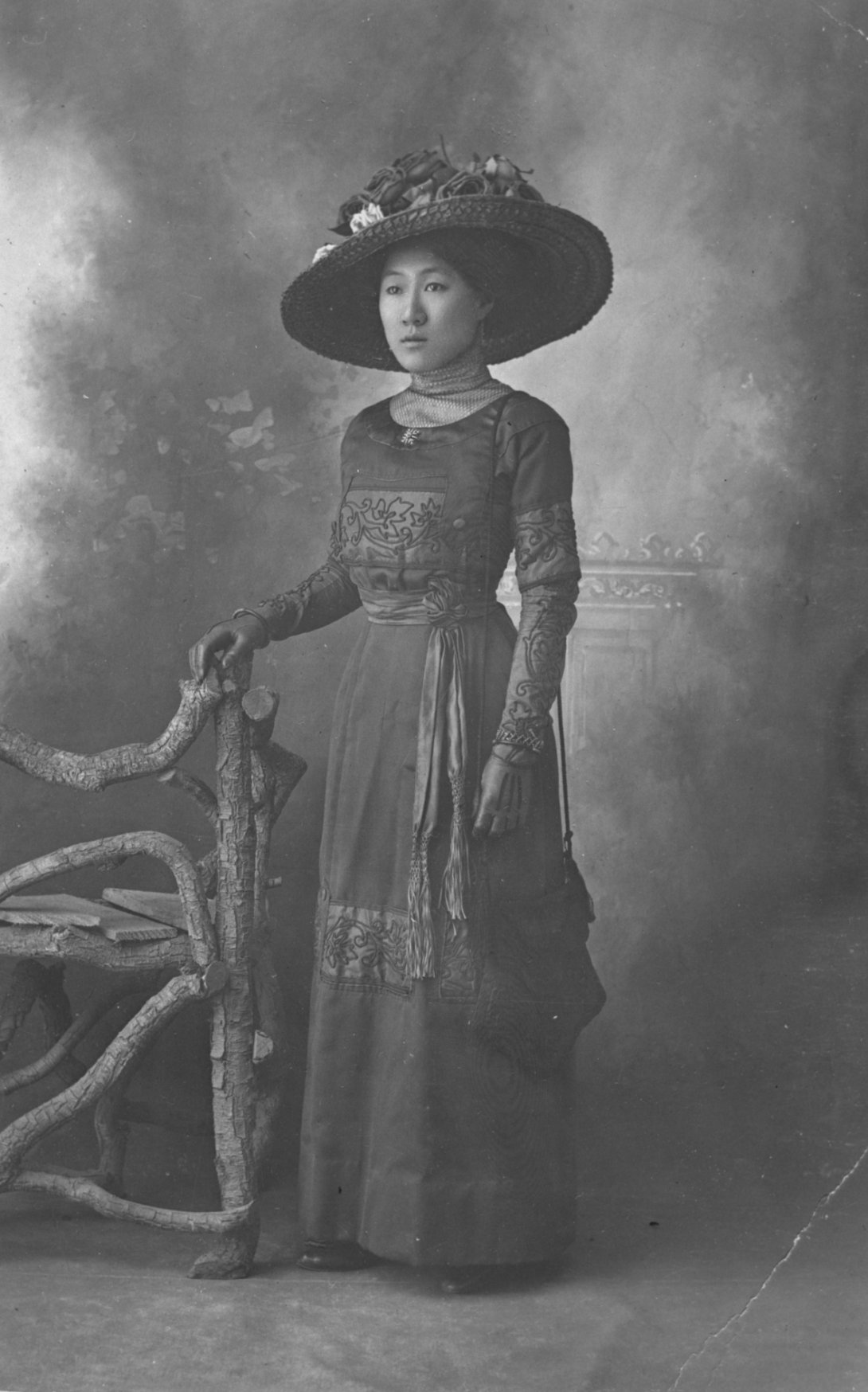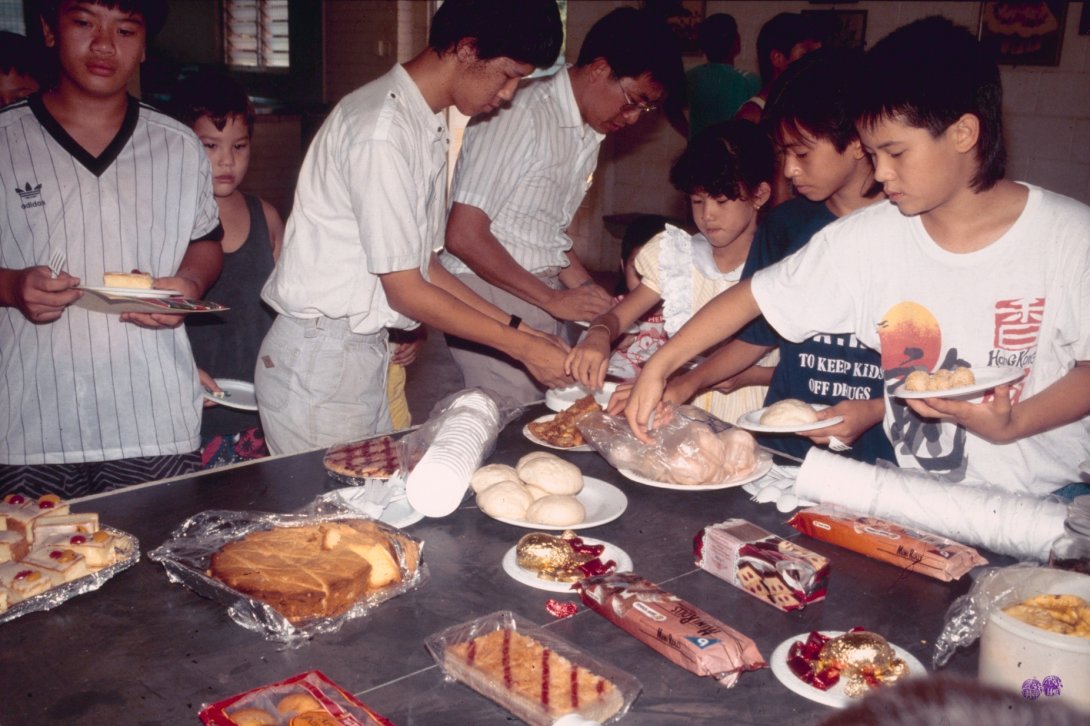The experiences, images and voices of Chinese Australians are the subject of a collecting project by the National Library throughout 2021 and 2022.
Australia has benefited enormously from the contributions made by Chinese migrants, who began arriving in Australia in significant numbers from the 1840s. After the abandonment of the restrictive White Australia Policy in the 1970s, and in recent decades, Australia has experienced greater levels of migration from individuals with Chinese ethnic origins.
Migration: Then and now
We have been collecting material documenting the experiences of Australians with Chinese heritage for decades, and wish to keep preserving and documenting this rich history. Our focus is to ensure that the experiences and perspectives of different waves of Chinese Australian migrants continue to be represented.

Chinese Australians have come from many backgrounds and locations. Many have immigrated from mainland China, Taiwan, Hong Kong, Macau, Malaysia, Indonesia, Singapore, Vietnam, the Philippines and other parts of the world. Many Australians are descended from those who migrated from these and many other places. Today, Chinese Australians form many communities in Australia. In the 2016 census, 5.6% of Australian residents identified themselves as having Chinese ancestry. The 2016 census found that Mandarin is the most commonly spoken language in Australia apart from English.

Newspapers, a poster and a phrase book
Our collecting has allowed us to preserve and share some rare and unique materials, including a copy of the Chinese Advertiser, the first Chinese Australian newspaper. This newspaper was produced from the Ballarat goldfields from 1856. The editor of the newspaper, Robert Bell, studied Chinese culture and language and was keen to ensure the views of Chinese people were included in the news of the day. He soon turned the publication into a bilingual newspaper, retitling it The English and Chinese Advertiser. There is good reason to believe this was the first newspaper in the world published bilingually in Chinese and English. It would have provided a valuable sense of connection and community for Chinese migrants on the goldfields.
We also have a rare government proclamation issued in Chinese language on the Victorian goldfields. In 1863, following a blaze at the Chinese settlement at Spring Creek, the Victorian government arranged for a proclamation to be printed in Chinese, warning of the hazards of fire. Given the rarity of Chinese language skills among the European population on the goldfield, we can be certain that an early Chinese migrant on the goldfields helped write this proclamation and warned other Chinese migrants about potential dangers that could come from fire.
It is particularly important to be able to access the perspectives of past generations of Chinese Australians in their own languages. A rare 19th-century Chinese-English phrase book, The Self-educator, written by Sun Johnson (孫俊臣), translates a variety of useful phrases, and is a reproduction of handwritten English and Chinese. It provides translations for everything from buying groceries and obtaining medicine, through to writing cheques. The selected phrases provide a wonderful insight into the types of conversations Chinese Australians were having at this point in time. Interestingly, Sun Johnson was also the editor of the first Chinese-language newspaper in Sydney.
Oral histories
Many oral history collections include the voices of Chinese Australian people. The story of businessman William Liu, born in 1893, is just one early example. He describes his return to Australia in 1909 from Hong Kong. He speaks of his studies, the White Australia Policy and his involvement with community matters around Melbourne. Significantly, this interview is part of the Library’s very first oral history collection.
Two Chinese-Australian oral history projects dating from the post-Second World War period to 2002 contain 77 interviews. These are the Chinese Australian Oral History Partnership and the Post-war Chinese Australians Oral History Project. Interviewees include community leaders, politicians, members of the large Kwong, Chin, Fong, Yuen and Tong families and businesspeople, such as Benjamin Ming Tung Chow (real estate developer), King Moo Fong (business owner) and Ron Tong (general manager).
The Library's Oral History Collection also includes interviews family members of a number of first-generation migrants. One such interview is with Joyce Lee, who was born in 1916. She was the daughter of Jin Jiang Henry, the late business owner of Henry & Co. In her interview, she shares memories of her father, who first mined for tin at Weldborough in Tasmania and then established his wholesale and retail fruit and vegetable business.
If you are interested in sharing your story, please express your interest online.
Electronic publications
Organisations can deposit their electronic publications with the Library using the National edeposit service. The national edeposit collection includes the newsletter of the Chinese Australian Historical Society Inc., the newsletter of the Australia Chinese Friendship Society (Western Australia) and the Australian Chinese Daily (澳洲新報).
Contact us
This project is the second in a series of our collecting activities focusing on how different migrant communities have made lives for themselves and have made our country richer for their contributions. Our aim is to make sure vibrant, diverse and continually evolving cultures are properly preserved and recorded for future generations.
If you would like to find out more or be involved, please contact us.